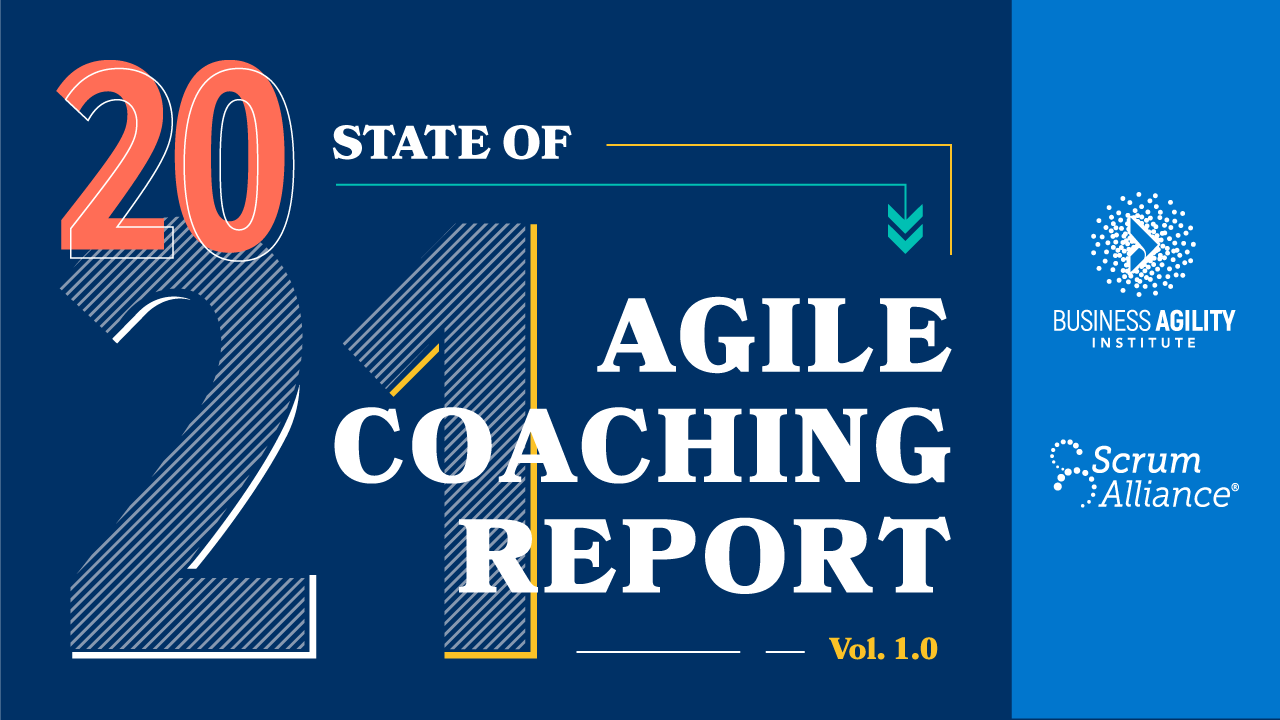Learn about purchasing for teams

This article was inspired by (and many thoughts borrowed from) a case study from Dhaval Panchal (CAC®) of Evolve Agility. Their client developed internal capabilities to own their agile transformation; and as a bonus, they were actively building skills that their teams would use to stay productive during COVID-19. There are many learnings to be shared from the case study and we’re happy to share a handful of them.
Here’s an important message:
Agile is not a one size fits all solution. That’s because no two people/teams/companies are alike. Organizations desire, actually, need a process they can own. And an experienced agile coach can help identify and empower the best fit. Agile coaches help individuals, teams, and enterprises build on their own capabilities that enable them to learn from and own their transformation.
Any real agile transformation is a continuous improvement journey. It’s not unusual for organizations to hop on the agile bandwagon, only to experience regression, especially in a fast-moving business environment.
This is where an experienced agile coach can help by developing a sense of ownership, competency, and confidence, which results in a viable and sustainable work environment.
Imagine that an organization is implementing agile at the team level and now sees the importance of evolving the company’s understanding and practice beyond single teams due to organizational growth. This situation often happens with the acceleration to technology. This is when agile ways of working move from “nice to have” to “need to have” to a transformation in people, processes, and systems.
As mentioned, no two agile coaching processes are the same. Here are three examples of what can (and probably should) happen during an engagement with an experienced agile coach, whether it be a first time foray into business agility, or as an evolution.
- Discovery
Discovery helps develop a shared understanding of the current state of agility. Through surveys, interviews, and group workshops, an agile coach and their client discover dynamics that will inform the process. - Strategy
This planning phase can be productive by bringing together a cross-functional group made up of leaders, managers, stakeholders, and, yes, cynics. Co-creating strategy with a diverse group of voices, while keeping organizational culture strengths, weaknesses, and constraints in mind, ensures a true understanding and buy-in for the journey. - Journey Map
An experienced agile coach knows that the starting points of a journey map are essential. This is when they help the client identify the important elements, including increments, measures, risks, and feedback checkpoints.
Keep in mind that this is a very general take on agile coaching engagement. There are as many ways to enact an agile transformation as there are organizations in the world. At the end of the day, the concepts to keep in mind include culture shift, leadership buy-in, consistency, and feedback.
To quote Evolve Agility’s case study: “It's always farther than it looks, taller than it looks, and harder than it looks.” - The 3 rules of mountaineering
Check out the case study to learn more.
Related Article:











